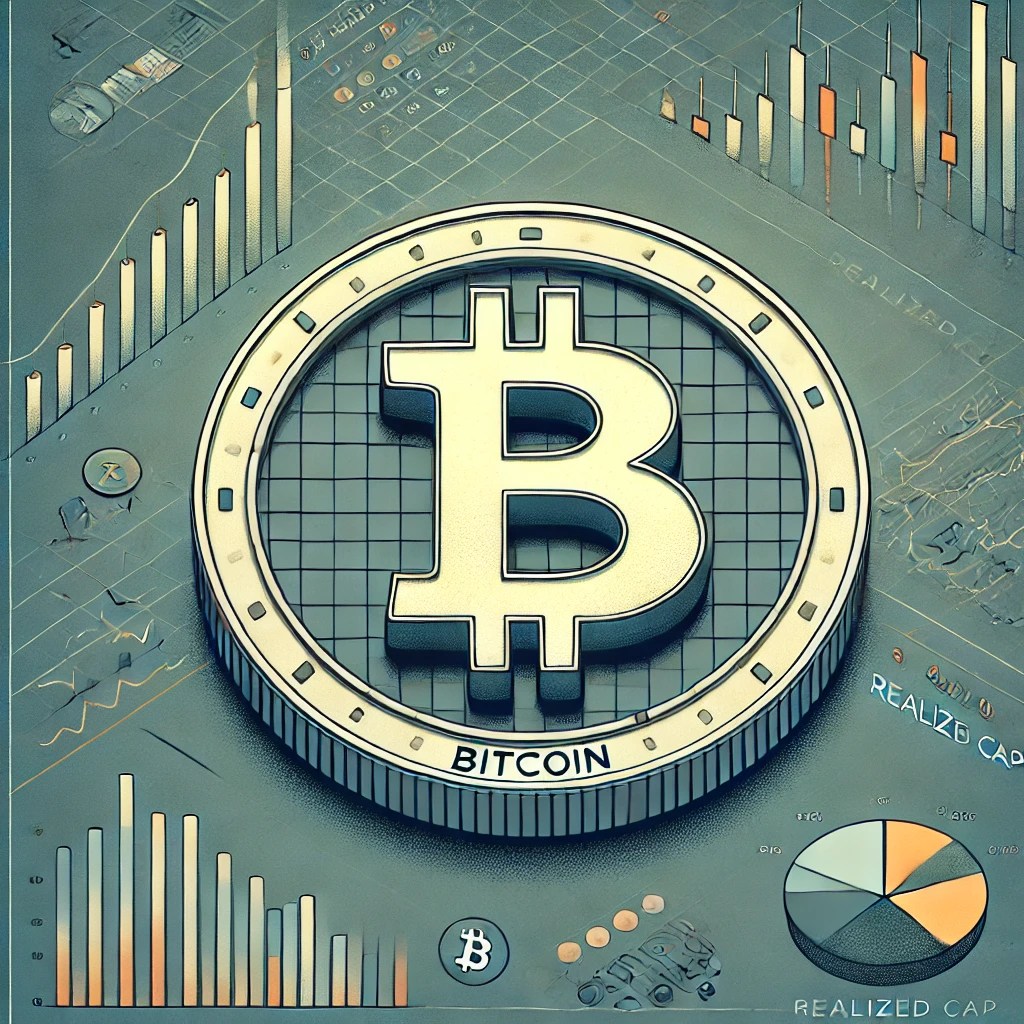Navigating the complexities of Bitcoin’s ever-evolving landscape requires a keen understanding of market trends and network activity. As Bitcoin strives to hold its ground over the $105,000 threshold, a noticeable decline in on-chain activity offers a paradox to its bullish price movement. This unexpected trend highlights the intricate relationship between Bitcoin’s market performance and its underlying technological infrastructure.
Understanding Bitcoin’s Evolving On-Chain Dynamics
Bitcoin’s recent network activity has charted unfamiliar territory as on-chain transactions witness a significant slowdown. Notably, this downturn surfaces amidst Bitcoin’s attempts to sustain its price above $105,000, casting light on an intriguing divergence between price trajectories and blockchain operations. This phenomenon is brought into sharper focus with Glassnode’s recent findings that reveal a marked reduction in daily transactions, pointing to usage rates not seen since late 2023.
High-Value Transfers Drive On-Chain Activity
The decline in transactions can be largely attributed to the reduced use of non-monetary applications such as Inscriptions and Runes, which had previously driven higher activity. Data suggests that transaction activity, which peaked in 2024 at over 734,000 per day, now hovers between 320,000 and 500,000 daily. Despite this decrease, average transaction sizes have surged, indicating a shift towards substantial value transfers by large entities.
According to Glassnode, these transactions settle an impressive $7.5 billion daily on the Bitcoin blockchain, with peaks reaching $16 billion during recent highs. On average, transaction volumes now stand at approximately $36,200. Interestingly, large transactions exceeding $100,000 now constitute 89% of the total volume, reflecting a significant increase from 66% in late 2022. Conversely, smaller transactions under $100,000 have contracted to 11% of the total volume, down from 34%.
This shift underscores a growing influence of institutional investors, with minor investor activity moving to alternate platforms. As per Glassnode’s analysis, mining revenue from transaction fees has declined dramatically to around $500,000 daily, marking one of the lowest revenue phases over the past year and a half.
Off-Chain Platforms Gain Market Traction
As on-chain activities wane, there’s been a noticeable pivot to off-chain trading arenas, notably centralized exchanges. Glassnode notes that futures trading has averaged a robust $57 billion in daily volume over the last year, with peaks hitting $122 billion. In sharp contrast, spot trading volumes remain much lower, averaging $10 billion daily and peaking at $23 billion. Consequently, the aggregate off-chain volume now surpasses on-chain volume by factors ranging from seven to sixteen.
The advent of Bitcoin ETFs in the U.S. in early 2024 has likely bolstered this trend. Additionally, leverage across the derivatives market has expanded, with Bitcoin futures and options open interest soaring to $96 billion, representing an almost nine-fold increase since 2020.
The preference for stablecoins as collateral, particularly post-FTX collapse, is seen as a pivotal shift towards a more mature risk-managed ecosystem within the crypto finance world.
“`html
Is Bitcoin still a viable investment?
Bitcoin remains a prominent player in the cryptocurrency space, with its established market presence and widespread adoption. However, potential investors must conduct thorough research and understand market trends, technological developments, and regulatory changes before investing.
What factors contribute to Bitcoin’s on-chain activity decline?
The decline in on-chain activity is mainly due to a decrease in non-monetary transactions, such as Inscriptions and Runes, and a shift towards larger value transfers by institutional investors. This trend indicates evolving usage patterns within the Bitcoin network.
How does the rise of off-chain platforms affect Bitcoin’s ecosystem?
The migration of trading to off-chain platforms, especially centralized exchanges, signifies a shift in market dynamics. This change is driven by higher trading volumes in futures markets and the introduction of financial products like ETFs, which offer alternative avenues for trading and investment.
“`
Editorial processes are integral to delivering reliable cryptocurrency content. Our editorial team encompasses technology experts and experienced editors who ensure the highest standards of accuracy, neutrality, and informational value. Through rigorous sourcing and analysis, we strive to provide our readers with content that is both informative and trustworthy.

